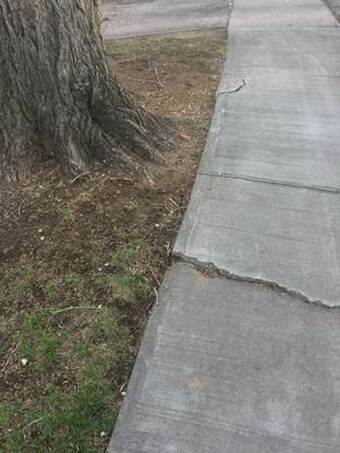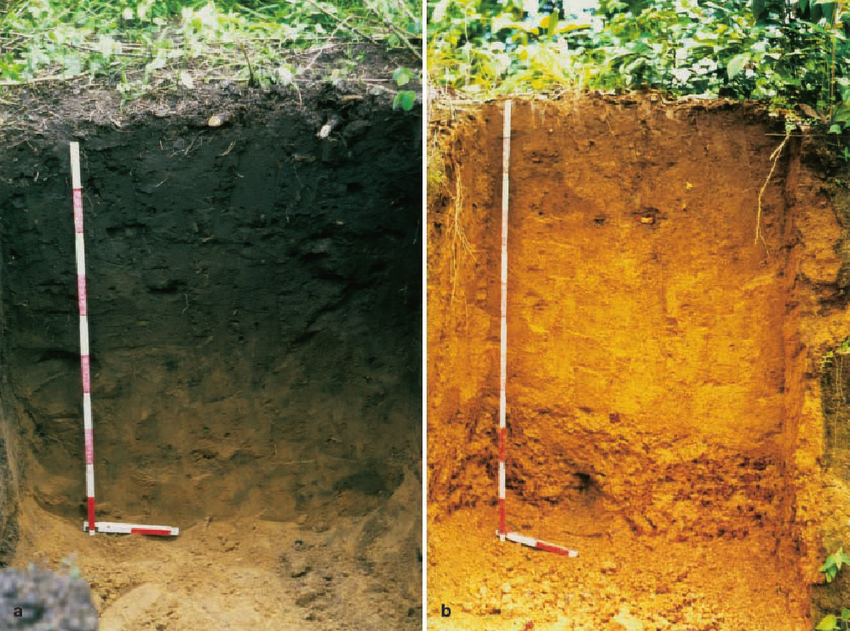|
You have probably heard that old story before where if you stick a frog in a boiling pot of water it will try to get out. If you stick a frog in a pleasantly cool pot of water and then turn on the heat the frog will let itself get cooked because it doesn't realize what's going on. While you might quibble with some of the details of the story the basic premise I feel rings true.
We humans are animals just like that frog and we are hardwired to pay attention to sudden shocking changes in our surroundings and not things that change slowly or gradually. But eventually even things that move slowly will get our attention once they become impossible to ignore. I think as a society we are finally reaching the point where we can no longer ignore the fact that the water is getting a bit toasty and it is time to get out of the pot. With the recent release of the Intergovernmental panel on Climate Change that reviewed much of the latest research in climate science the summary is clear Climate Change is Real and We Caused It. Gone is the wishy washy language of the previous reports with the new report saying things like, “Observed increases in well-mixed greenhouse gas (GHG) concentrations since around 1750 are unequivocally caused by human activities. Since 2011 (measurements reported in AR5), concentrations have continued to increase in the atmosphere, reaching annual averages of 410 ppm for carbon dioxide (CO2)” “Human influence is very likely the main driver of the global retreat of glaciers since the 1990s and the decrease in Arctic sea ice area between 1979–1988 and 2010–2019 (about 40% in September and about 10% in March). There has been no significant trend in Antarctic sea ice area from 1979 to 2020 due to regionally opposing trends and large internal variability. Human influence very likely contributed to the decrease in Northern Hemisphere spring snow cover since 1950. It is very likely that human influence has contributed to the observed surface melting of the Greenland Ice Sheet” “Changes in the land biosphere since 1970 are consistent with global warming: climate zones have shifted poleward in both hemispheres, and the growing season has on average lengthened by up to two days per decade since the 1950s in the Northern Hemisphere extratropics (high confidence)” When you start seeing language like,
That's science speak, we are pretty sure that what we are saying is true. There is no such thing as 100% certain when you talk to a scientist because they know that you can never be 100% certain about things. But you can be sure they are pretty damn sure when they start using language like you see in the latest report. It's nice to see such unambiguous language finally coming out from this panel that has been doing these reports for 30 years and they have essentially been screaming into the void that is the governments of the world. No government has given serious credence to these reports and really taken the forecast and outlook presented in the reports to heart. There are places like Germany that have been doing some good for decades in the solar industry by providing real support to both individuals and industries in installing and paying for solar but examples like that are few and far between. For the most part we as a species have twiddled our thumbs, had inane arguments about whether climate change was real or not and have lost decades of time that could have really been useful. This report clearly shows that our time is up and we need to make changes now that reduce our impact on the planet. The changes to the climate are obvious to anyone who is willing to open their eyes and accept what they are seeing. The problem is big and so are the solutions We are now facing one of those history-making problems that will either create another Greatest Generation or end with us being scorned by our descendants assuming they have the time or knowledge to scorn us. The problems we face cannot be solved by just your or me putting solar panels on our roofs or by driving less. The time for that approach is gone…. We now need whole systemic change from the bottom up, top down and even side to side. We need to get our governments to pass laws that will push us and the companies of the world toward a sustainable future. This is a collective need and it will require collective action from all of us to do what we need to do to keep this great experiment we call civilization going on. We need to do things like,
And the list could go on and on and on….. The time is now so let's get going shall we.
0 Comments
Another great article from Vox media that highlights the disparity of energy use between the top 10% of income earners and everyone else. Really open your eyes just how much privilege certain economic classes get in our society and what that privilege costs the rest of us.
Enjoy https://www.vox.com/energy-and-environment/2020/3/20/21184814/climate-change-energy-income-inequality So I have a serious question for you.
Have you ever considered riding a bicycle to work? For most of you if you have a car the answer is no why would I bike when I have a car. Well there are lots of good reasons to ride a bike for you daily commute and in this post I will go over my three favorite ones. https://www.vox.com/science-and-health/2019/3/4/18216045/renewable-energy-wood-pellets-biomass
I am going to try something a little different here at the Green Living Library. In the past I have focused on providing articles that provided practical information and how to’s on many different aspects of living a green life. I will continue to do that but every now and then when the mood strikes me I will pluck an article from the internet and analyze it from my perspective. I will tell you what I think of the article where I agree and disagree with what the author is proposing. Please read the article at the link above before diving into my thoughts on the subject Here it goes… 
Assuming you are not the most unobservant person that has ever existed you are most likely aware of the trees that surround you every day you live your life. There are trees in the yards, lining the streets, in the parks, and everywhere you look you will most likely see a tree. You have also most likely seen some of the havoc that trees can cause in communities like,
So as I was perusing the internet reading up on a variety of topics i came across the following study and informational map done by Yale University. It is all about the the perceived perceptions of what the American people believe is happening concerning climate change. It also covers how average folks feel about some of the commonly floated ideas for addressing the climate change issues like,
According to this study 70% of people surveyed agreed that climate change is happening but only 53% of those same people believe that it is human caused. This is despite the overwhelming evidence that we are indeed responsible. Now we don't yet know what the full impacts of climate change will be but what we do know is that civilization as we know it has grown up under climate that has been stable for essentially the last 10,000 years. Now we are undergoing a period of rapid change that seems to be coming with more extreme storms, longer droughts and more unpredictability in general. Whether you believe humans are the cause of climate change or not is fast becoming a moot point. We will have to deal with it sooner or later. I just hope that when the time comes we will be able to deal with it and not collapse under the weight of our own folly and arrogance. Yale Climate Opinion Map |
AuthorHello my name is Josh Larson and I am the creator of the Green Living Library. Here on the blog you will find updates to content found in the Green Living Library as well as stories from those living the sustainable life already. Archives
December 2021
Categories
All
|
